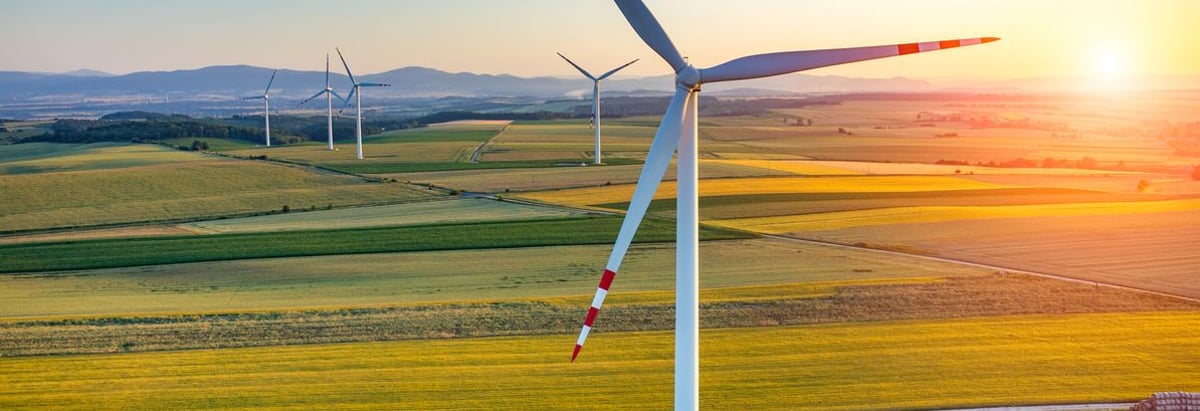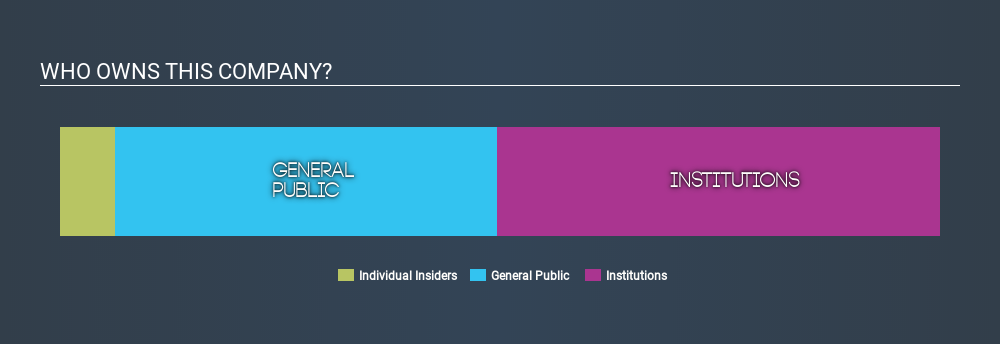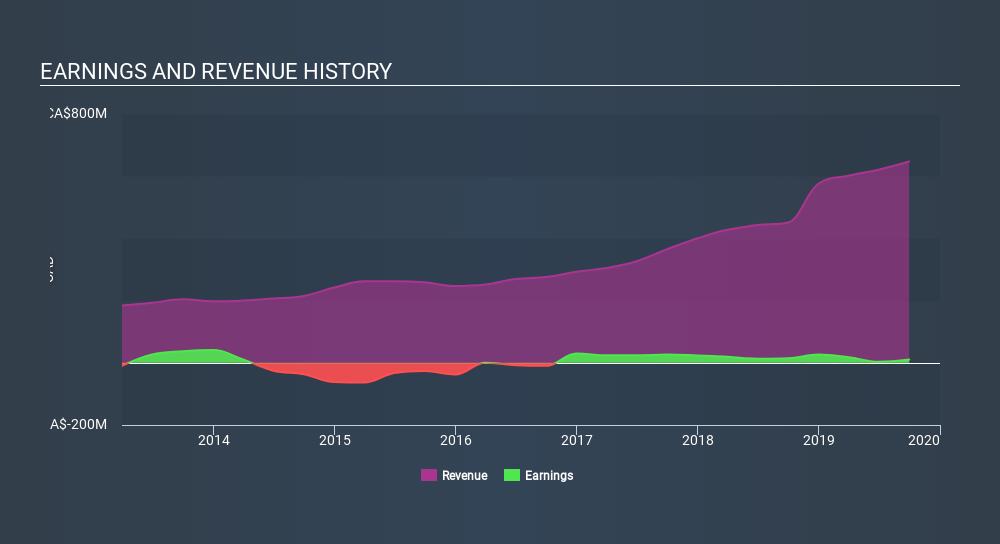- Canada
- /
- Renewable Energy
- /
- TSX:INE
Could Innergex Renewable Energy Inc.'s (TSE:INE) Investor Composition Influence The Stock Price?

If you want to know who really controls Innergex Renewable Energy Inc. (TSE:INE), then you'll have to look at the makeup of its share registry. Generally speaking, as a company grows, institutions will increase their ownership. Conversely, insiders often decrease their ownership over time. I generally like to see some degree of insider ownership, even if only a little. As Nassim Nicholas Taleb said, 'Don’t tell me what you think, tell me what you have in your portfolio.
Innergex Renewable Energy isn't enormous, but it's not particularly small either. It has a market capitalization of CA$2.6b, which means it would generally expect to see some institutions on the share registry. In the chart below, we can see that institutional investors have bought into the company. Let's delve deeper into each type of owner, to discover more about Innergex Renewable Energy.
See our latest analysis for Innergex Renewable Energy

What Does The Institutional Ownership Tell Us About Innergex Renewable Energy?
Institutional investors commonly compare their own returns to the returns of a commonly followed index. So they generally do consider buying larger companies that are included in the relevant benchmark index.
As you can see, institutional investors own 50% of Innergex Renewable Energy. This implies the analysts working for those institutions have looked at the stock and they like it. But just like anyone else, they could be wrong. If multiple institutions change their view on a stock at the same time, you could see the share price drop fast. It's therefore worth looking at Innergex Renewable Energy's earnings history, below. Of course, the future is what really matters.

Investors should note that institutions actually own more than half the company, so they can collectively wield significant power. Innergex Renewable Energy is not owned by hedge funds. The company's largest shareholder is 1832 Asset Management L.P., with ownership of 12%, The second and third largest shareholders are Mondrian Investment Partners Limited and Caisse de dépôt et placement du Québec, each holding around 9.4% of the shares outstanding.
Our studies suggest that the top 11 shareholders collectively control less than 50% of the company's shares, meaning that the company's shares are widely disseminated and there is no dominant shareholder.
While it makes sense to study institutional ownership data for a company, it also makes sense to study analyst sentiments to know which way the wind is blowing. There are plenty of analysts covering the stock, so it might be worth seeing what they are forecasting, too.
Insider Ownership Of Innergex Renewable Energy
The definition of company insiders can be subjective, and does vary between jurisdictions. Our data reflects individual insiders, capturing board members at the very least. Company management run the business, but the CEO will answer to the board, even if he or she is a member of it.
I generally consider insider ownership to be a good thing. However, on some occasions it makes it more difficult for other shareholders to hold the board accountable for decisions.
We can see that insiders own shares in Innergex Renewable Energy Inc.. The insiders have a meaningful stake worth CA$165m. Most would see this as a real positive. Most would say this shows alignment of interests between shareholders and the board. Still, it might be worth checking if those insiders have been selling.
General Public Ownership
The general public, with a 43% stake in the company, will not easily be ignored. While this size of ownership may not be enough to sway a policy decision in their favour, they can still make a collective impact on company policies.
Next Steps:
It's always worth thinking about the different groups who own shares in a company. But to understand Innergex Renewable Energy better, we need to consider many other factors. Take risks, for example - Innergex Renewable Energy has 5 warning signs (and 2 which don't sit too well with us) we think you should know about.
If you would prefer discover what analysts are predicting in terms of future growth, do not miss this free report on analyst forecasts.
NB: Figures in this article are calculated using data from the last twelve months, which refer to the 12-month period ending on the last date of the month the financial statement is dated. This may not be consistent with full year annual report figures.
If you spot an error that warrants correction, please contact the editor at editorial-team@simplywallst.com. This article by Simply Wall St is general in nature. It does not constitute a recommendation to buy or sell any stock, and does not take account of your objectives, or your financial situation. Simply Wall St has no position in the stocks mentioned.
We aim to bring you long-term focused research analysis driven by fundamental data. Note that our analysis may not factor in the latest price-sensitive company announcements or qualitative material. Thank you for reading.
About TSX:INE
Innergex Renewable Energy
Operates as an independent renewable power producer in Canada, the United States, France, and Chile.
Slight and slightly overvalued.
Similar Companies
Market Insights
Community Narratives



